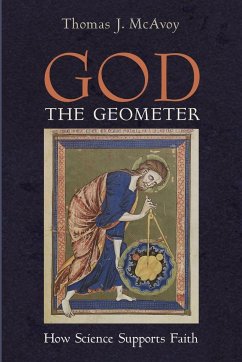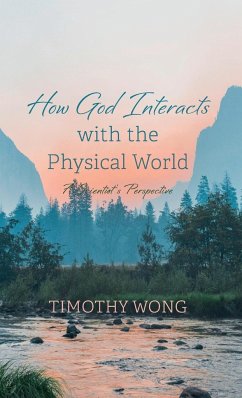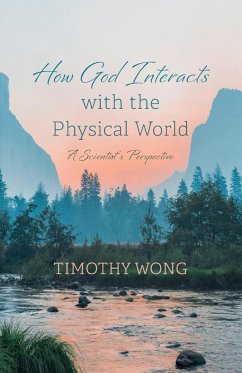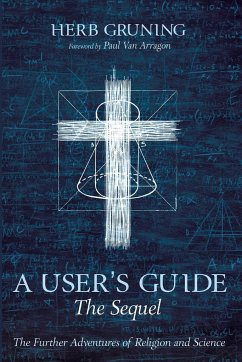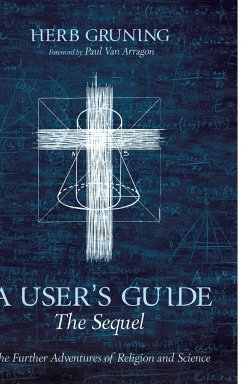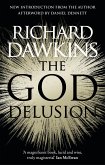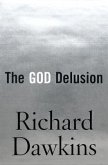Faith is under assault today in the media and on college campuses. Numerous recent surveys show that college professors and contemporary scientists have lower religiosity compared to the general population. Parents are concerned that their children's faith is not as strong as it should be. Unfortunately, scientific advances can lead people to think that faith is passe, supplanted by science, and no longer necessary. The average person is in awe of the accomplishments of science but overwhelmed by their complexity. The purpose of this book is to demonstrate what one can learn from modern science that leads to the conclusion that God created our universe. This book demonstrates how cosmology, physics, astronomy, and evolution do not conflict with faith but actually strongly support faith in God. The title of this book, God the Geometer, describes an image which appeared in a thirteenth-century codex. The image conveys the message that God created the universe using geometric and harmonic principles.


